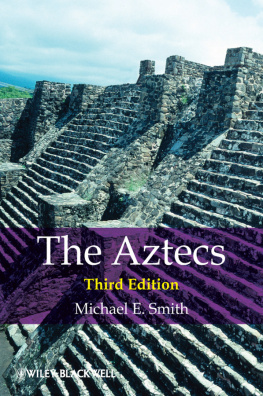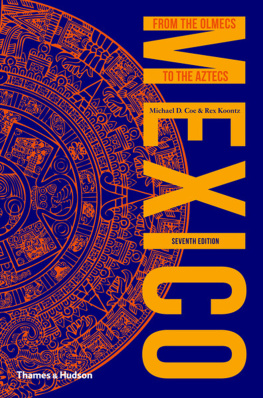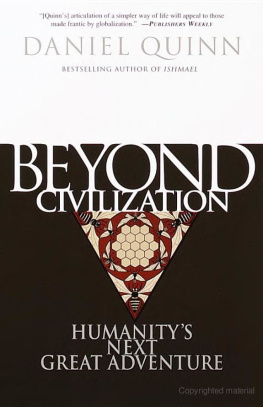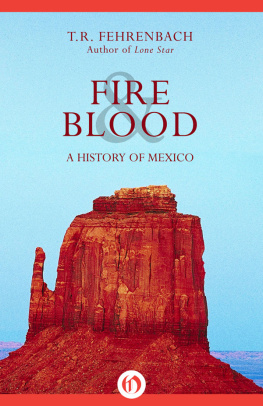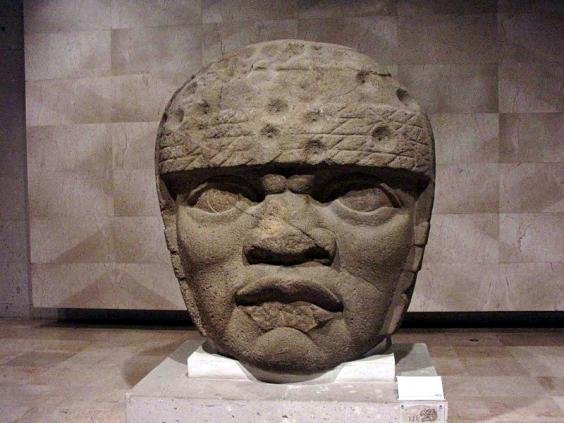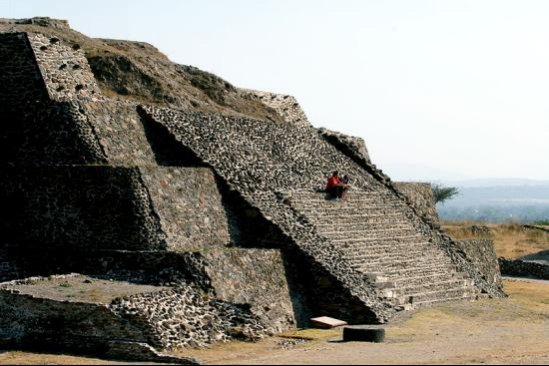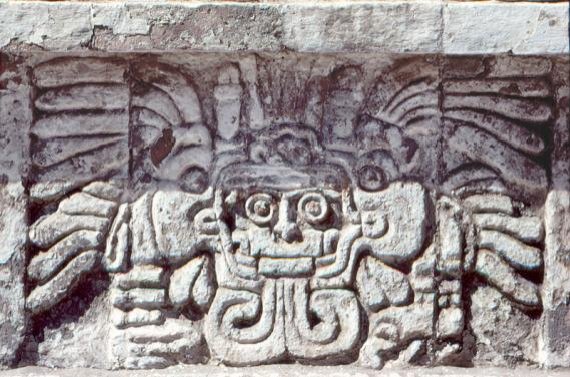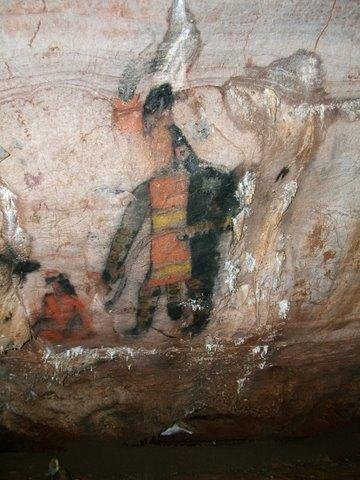Charles River Editors - The Olmec and Toltec: The History of Early Mesoamerica’s Most Influential Cultures
Here you can read online Charles River Editors - The Olmec and Toltec: The History of Early Mesoamerica’s Most Influential Cultures full text of the book (entire story) in english for free. Download pdf and epub, get meaning, cover and reviews about this ebook. year: 2016, publisher: Charles River Editors, genre: Romance novel. Description of the work, (preface) as well as reviews are available. Best literature library LitArk.com created for fans of good reading and offers a wide selection of genres:
Romance novel
Science fiction
Adventure
Detective
Science
History
Home and family
Prose
Art
Politics
Computer
Non-fiction
Religion
Business
Children
Humor
Choose a favorite category and find really read worthwhile books. Enjoy immersion in the world of imagination, feel the emotions of the characters or learn something new for yourself, make an fascinating discovery.
- Book:The Olmec and Toltec: The History of Early Mesoamerica’s Most Influential Cultures
- Author:
- Publisher:Charles River Editors
- Genre:
- Year:2016
- Rating:5 / 5
- Favourites:Add to favourites
- Your mark:
The Olmec and Toltec: The History of Early Mesoamerica’s Most Influential Cultures: summary, description and annotation
We offer to read an annotation, description, summary or preface (depends on what the author of the book "The Olmec and Toltec: The History of Early Mesoamerica’s Most Influential Cultures" wrote himself). If you haven't found the necessary information about the book — write in the comments, we will try to find it.
*Describes the history, culture, and architecture of the two groups
*Includes a bibliography for further reading
*Includes a table of contents
The Olmec people are widely recognized as the first major civilization of Mexico and are thus generally regarded as the mother civilization of Mesoamerica, making them the people from which all subsequent Mesoamerican cultures derived. In fact, the term Olmec is thought to have originated with the Aztec people, as Olmec in their Nahuatl language means the rubber people, a reference to the inhabitants of the land from which they accessed rubber. By and large, the Olmec culture is perhaps best identifiable by their so-called colossal heads, mammoth basalt head-statues wearing helmet-like headdresses found throughout Olmec habitation sites.
Around 2500 B.C., the Olmec settled primarily along Mexicos Gulf Coast in the tropical lowlands of south-central Mexico (in the modern-day States of Veracruz and Tabasco), and they flourished during North Americas Prehistoric Indian Formative period from about 1700-400 B.C. Their direct cultural contributions were still evident as late as 300 A.D. Among Mesoamerican scholars, the Formative period is subdivided into the Preclassic (Olmec period), Classic (Maya period), and Postclassic (Toltec and Aztec periods).
The Olmecs agricultural abilities sustained them and ensured their power and influence for over a millennium. They produced corn/maize, squash, and other plant foods in such quantities that they were afforded the manpower to build great monuments and ceremonial centers to further promote their cultural identity. From a cultural standpoint, their pyramids, open plazas, their ballgame, and possibly even centers of human sacrifice are thought to have established the societal model that subsequent societies like the Maya, Zapotec, Teotihuacano, Toltec, Mixtec, and Aztec would emulate. In the same vein, some scholars believe that they also affected the cultural development of the Native American groups of the United States and those of Central and South America as well. Proving to be one the most enduring models ever, the religious and cultural structure the Olmec established held reign for over 3,000 years, and it would likely have endured much longer without the arrival of the Spanish conquistadors.
The Toltec are one of the most famous Mesoamerican groups in South America, but they are also the most controversial and mysterious. The Toltec have been identified as the group that established a strong state centered in Tula (in present-day Mexico), and the Aztec claimed the Toltec as their cultural predecessors, so much so that the word Toltec comes from the Aztecs word Toltecatl, translated as artisan. The Aztec also kept track of the Toltecs history, including keeping a list of important rulers and events, that suggest the peak of the Toltec occurred from about 900-1100 A.D.
While scholars continue to debate whether the Toltec were an actual historical group, there is an added layer of mystery to the fact that the settlement at Tula has a lot in common with the famous Mayan settlement at Chichn Itz. The architecture and art at both sites are so similar that archaeologists and anthropologists have assumed they had the same cultural influences, even as historians struggle to determine the historical timelines, and thus whether Tula influenced Chichn Itz or vice versa.
The Olmec and Toltec: The History of Early Mesoamericas Most Influential Cultures comprehensively covers the history, culture, and lingering mysteries behind the Olmec and Toltec. Along with pictures depicting important people, places, and events, you will learn about the two groups like you never have before.
Charles River Editors: author's other books
Who wrote The Olmec and Toltec: The History of Early Mesoamerica’s Most Influential Cultures? Find out the surname, the name of the author of the book and a list of all author's works by series.











